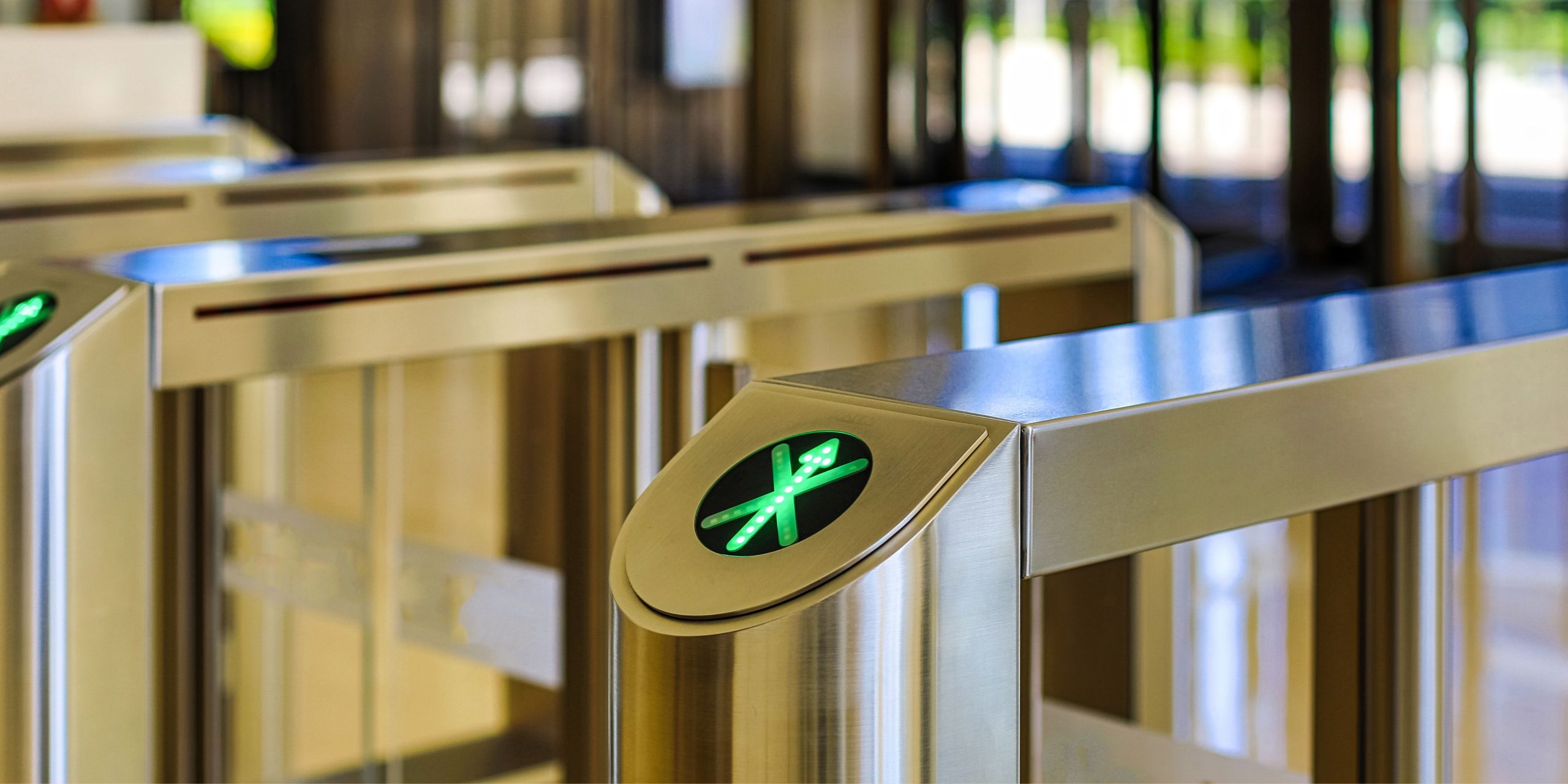In today’s dynamic world, organizations have recognized the importance of integrating visitor management with access control systems to enhance security and operational efficiency. Here’s how this integration is making a significant impact:
Challenges of Compartmentalized Data
In the past, many organizations relied on standalone access control systems, resulting in fragmented data. Such systems typically catered to full-time staff, providing limited insights into their movements within facilities.
However, these systems often missed recording entries by contractors, temporary staff, and visitors, relying on separate, sometimes manual, entry logs. This siloed approach hindered senior management’s ability to gain valuable insights, detect security issues, and optimize operational processes.
Unlocking the Power of Integration
Savvy organizations recognized the need for change and the potential benefits of integrating visitor management with access control enterprise-wide. This integration eliminates data silos and streamlines visitor processes.
With integrated systems, all site users, including freelance contractors, temporary workers, cleaning teams, customers, VIPs, and delivery drivers, can be registered seamlessly. Host staff can automate approval processes, issue confirmations, arrival instructions, and QR codes for access.
Upon arrival, visitors can present their QR codes to IP intercom readers for entry. Security levels can be adjusted to match the situation, whether through self-enrollment or manual ID checks. Hosts receive automatic notifications to welcome their guests.
This integrated visitor management approach relieves the burden on reception staff, saves employee time, and ensures a professional and frictionless experience for guests.
Enabling New Functionalities
Integration opens doors to various functionalities, including:
- License Plate Recognition (LPR) and Video Analytics: Enhancing vehicle access and automating signage or notifications for parking space allocation.
- On-Arrival Messaging: Guiding visitors from parking to the correct entrances and optimizing people flow.
- Flexible Security Levels: Adjusting ID verification and screening processes based on security requirements.
- Managing Delivery Vehicles: Directing arrivals to specific holding areas, reducing bottlenecks, and improving loading bay operations.
- Facial Recognition: Adding multi-factor authentication at high-risk sites like server rooms and sensitive areas.
Integrate Your Security Systems with Maxxess
Maxxess integrated security solutions combine manpower and technology to detect, monitor, and address emergency situations, planned events, and everyday operations efficiently.
Contact Maxxess Systems today to consult with our situational awareness, event coordination, and response experts. Elevate your security and operational efficiency in 2023 and beyond.


